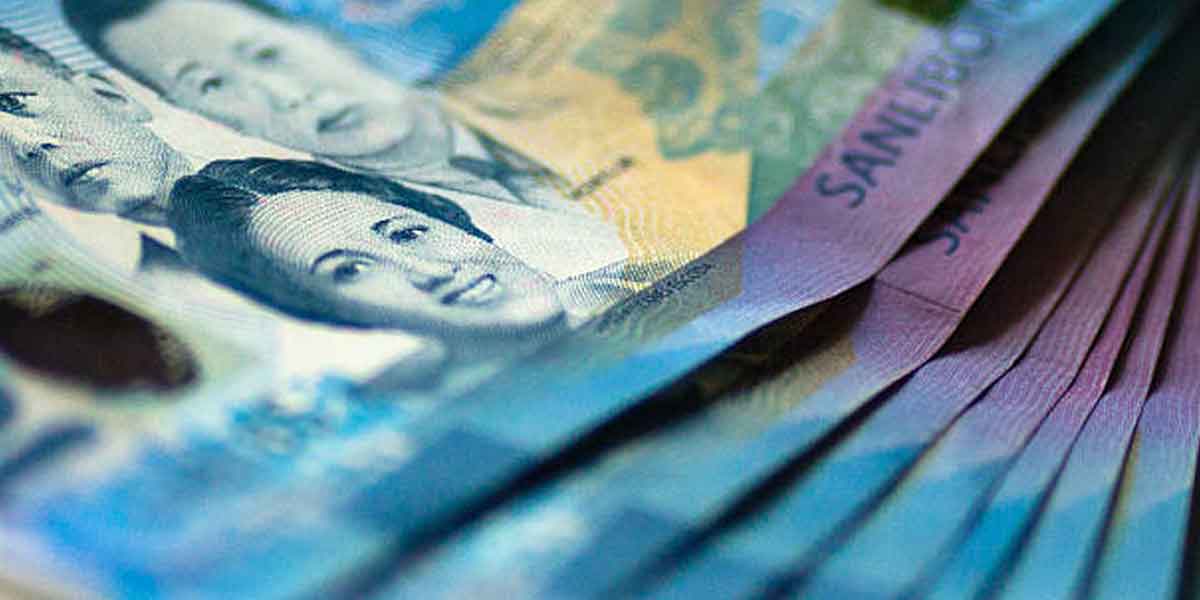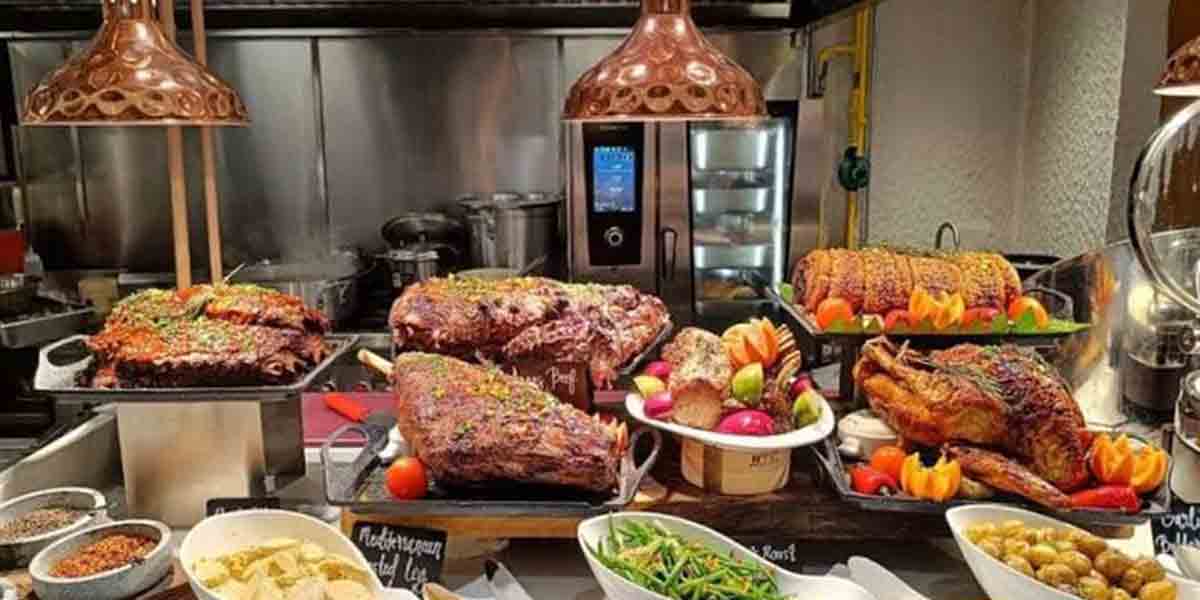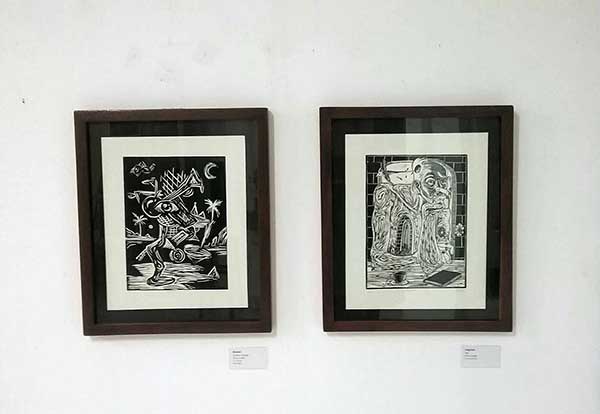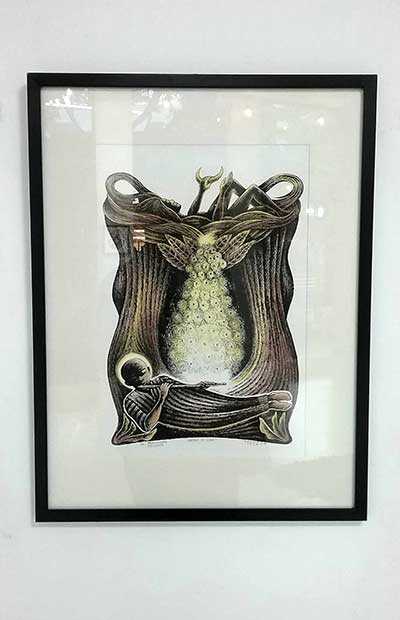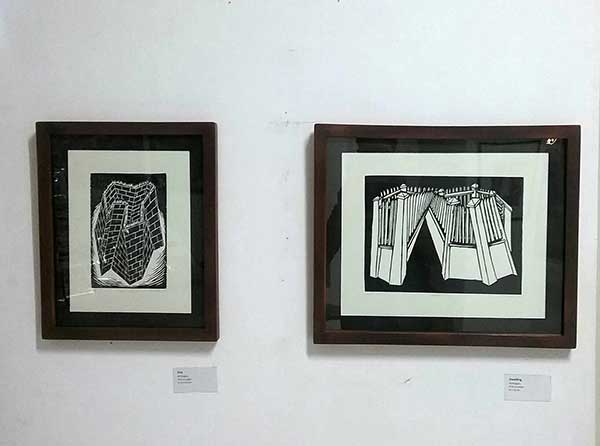By John Anthony S. Estolloso
RATHER UNIQUE from the conventionally familiar mediums of visual art are the techniques of printmaking. While traditional pen, paper, paint, and canvas may provide the artist a direct agency in the creation or crafting of images, printmaking extends this artistic act into phases: primarily the etching and inking of matrices (i.e. templates) and then the rendering or impression onto a desired surface through controlled pressure.
Not that it is a novel way of imprinting images or figures on prepared surfaces. Surely, our history classes have acquainted us with Guttenberg’s mass production of the sacred scriptures, with his printing press employing movable type. Also, at a certain point in our art or literature lessons, we might have stumbled upon and marveled at the intricacy of the inked engraving and illustrations of Albrecht Dürer or Gustave Doré.
What makes this genre of art distinctive is the capacity of the printer to render multiple ‘iterations’ or prints of his designs, removing the singularity of execution usually identified with traditional painting or sculpture. The creation of the matrix itself requires a steady hand, a sharp eye for detail, and an understanding of the material at hand. Thusly engraved or etched, the designs are then impressed on paper or other similar print material, in as many copies as the artist would prefer.
With that said, a collection of prints currently on exhibit at Thrive Art Gallery gives credence to the sundry methods used in the process. Showcasing works by notable local artists and printers – counting among them Angela Silva, Dodjie Tan, Bry Barrios, Orland Espinosa, Tyrone Dave Espinosa, Bea Carnaje, Nina Garibay, and PG Zoluaga – the exhibit opens a new perspective to the viewer on how images, imprints, and intersections come together through a rather unfamiliar – and for some mediums, a most complex – process of making art.
Standing out among the plethora of prints are rubber stampings and woodcut designs: very redolent of our own attempts in elementary art activities that required us to carve stamps out of discarded rubber slippers and wood pieces. It would seem that the accessibility to and workability of rubber and wood make them a preferred medium among printmakers. Notable among the displays are the sharp geometries of KR Rodgers, the minimalist reliefs of Janna Remus, and the stylized figures of Nina Garibay. Further elevating the juncture between image and meaning, Bry Barrios’s Rainwalker pairs the print with poetry.
More pliant to use in the printmaking process are linoleum, screens, and stencils. The linocuts of Don Kusuanco and Elwah Gonzales are revealing of the many aesthetic permutations that the method employs, giving the viewer an eclectic variety of images in ink. The sprawling designs and icons of Bea Carnaje and PG Zoluaga exemplify serigraphic utilization of screen and stencil, and while the eye is filled with their visual intricacies, they invite the viewer to take a closer look at the material, highlighting not only the print itself but the process with which it was put together.
Leaning more towards the use of metal, works by Joy Delleva and Orland Espinosa, among others, utilize monotype printing while colorfully inked engravings by Dodjie Tan punctuate the predominantly sedate blacks and whites of most of the prints. Recognizing the demands of working with metals – the etching, hatching, and inking – small wonder that less of these can be seen in the exhibit. Also, the absence of lithographic prints – those that make use of designs rendered on stone – seem to reinforce this intricacy.
Corollary to this, conversations with some of the artists in attendance reveal what more than meets the eye. Dodjie Tan shares the intricate – and hazardous – process of using corrosive acids in etching designs onto metal matrices, as prelude to engraved prints. Veteran printmaker Angela Silva elaborates about the complex and many-layered aspects of how aquatint intaglio can be combined with multiplate photopolymer images, producing vignettes brimming with sharp contrasts and nostalgic nuances. Suffice it to say that only in printmaking can these images and imprints bring together intersections of medium and genre, held together by designs in ink.
* * * * *
‘Images, Imprints & Intersections’ will be on exhibit at Thrive Art Gallery until the first week of November.
[The writer is the subject area coordinator for Social Studies in one of the private schools of the city.]





